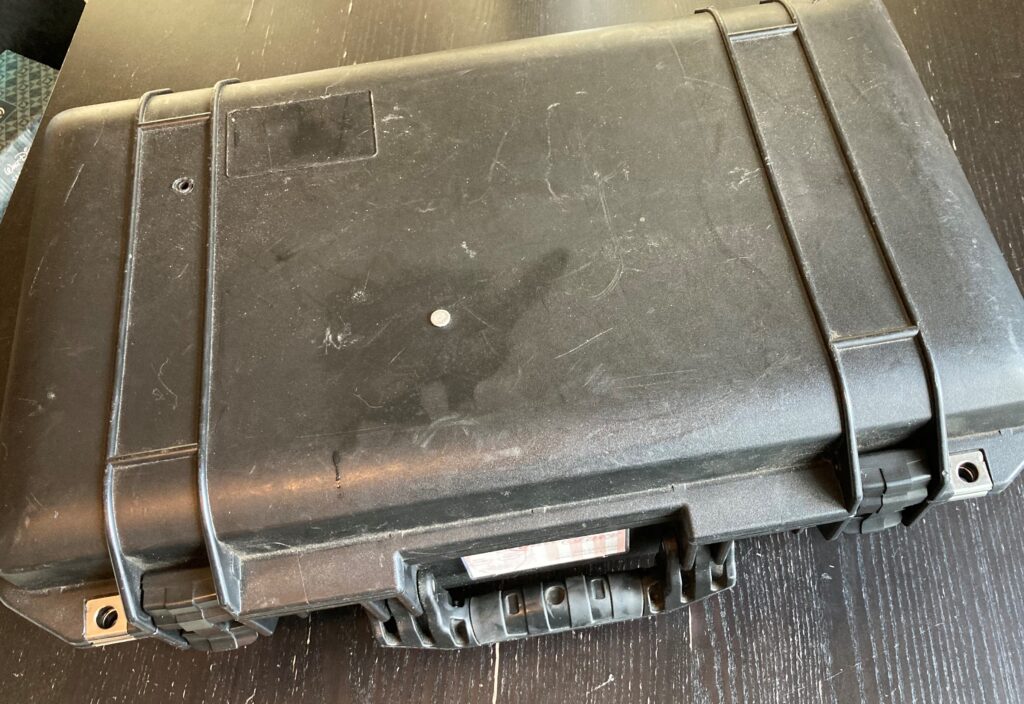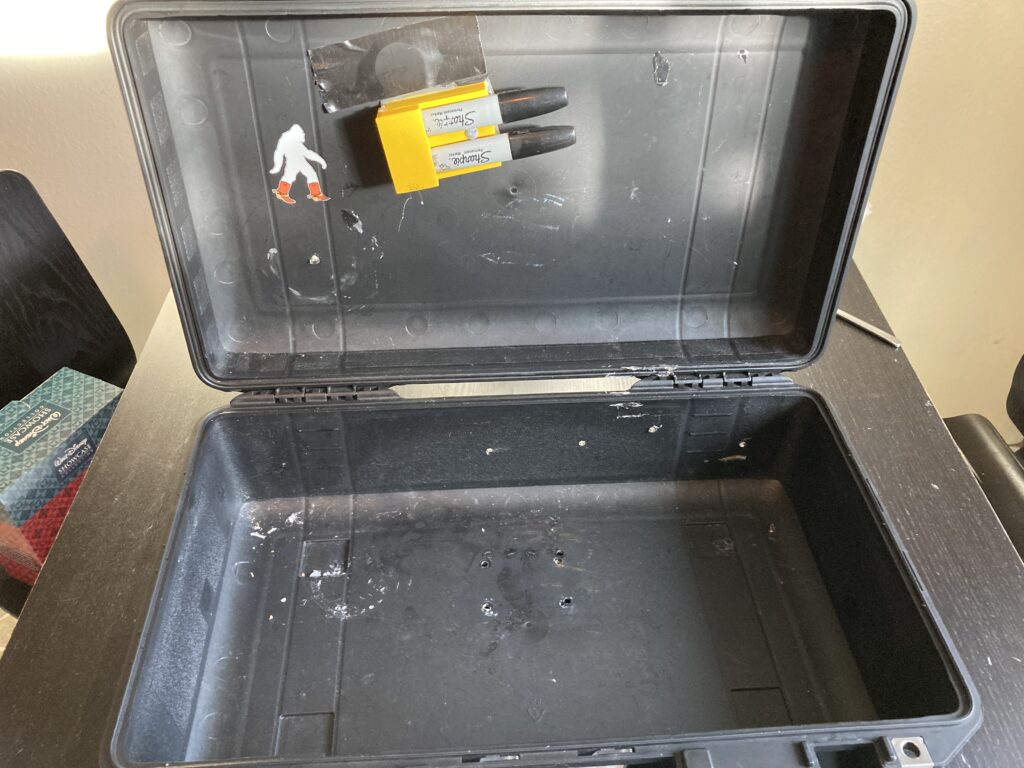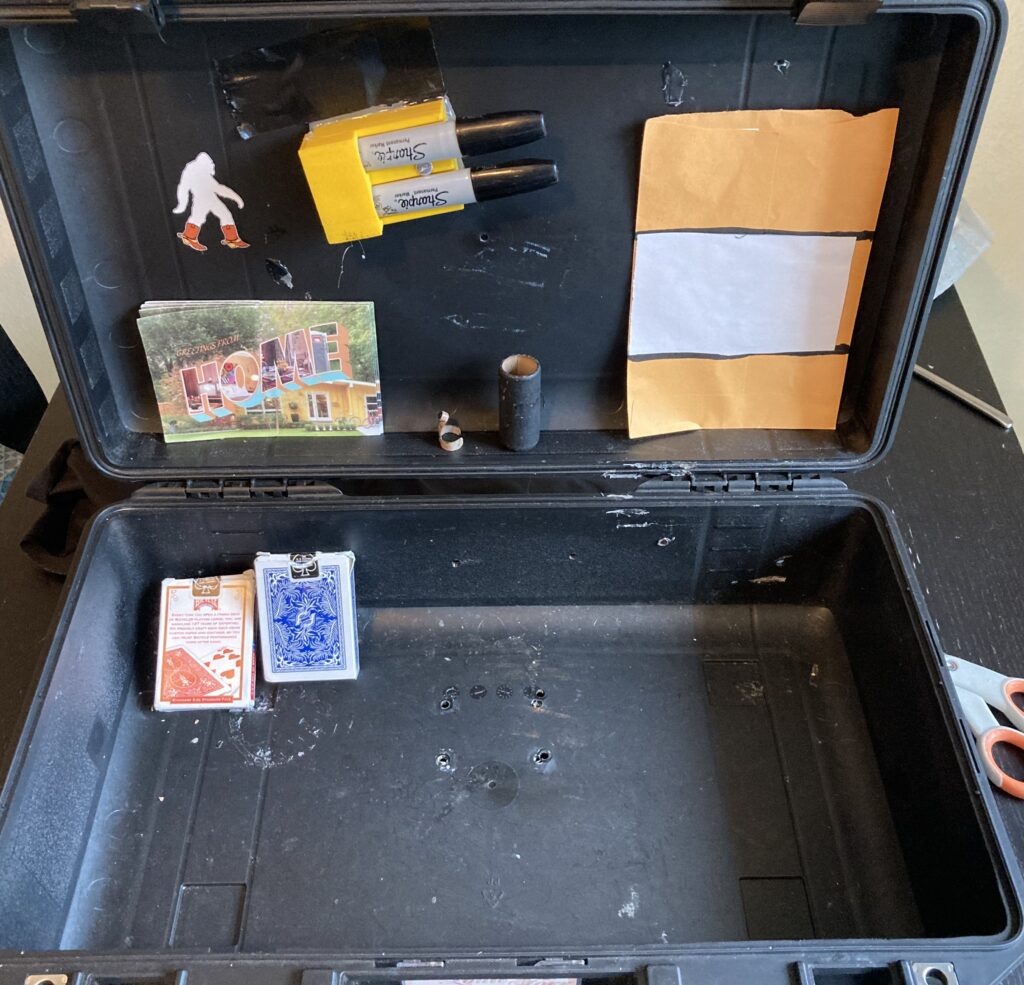While reading Sid Fleishman‘s autobiography The Abracadabra Kid, he mentions urban myths and one them he mentions is being able to tell time from the eyes of a cat. That struck me as interesting and a great premise for a mentalism routine.
A bit of research has turned up that it was a belief that ninjas could tell time from a cats eye. I found this little graphic that sort of explains it, it’s based on how dilated it pupil is in the daylight. It’s interesting, and jumpstarted my idea for a trick.
Ideally this would be done with a video screen. You are holding an envelope and begin by showing the graphic above on the screen and explain the premise. You then show a picture of your cat on the screen and ask someone from the audience to tell you what time they think it is. You open the envelope and inside in the same picture and written on the back is the time.
The method is simple, it’s an envelope with a cut out on the back and you nail write the named time on the back with a thick listo lead or marker tip on the nail writer.
You could add in some comedy filler by showing pictures of different cats that have funny expressions (derpy cats) and you tell the times. Have one that looks stoned, “it’s clearly 4:20” and one that looks drunk or has booze bottles near it and say, “It’s 5 o’clock somewhere” and a passed out cat, “it’s last call somewhere” or whatever.
The trick has a premise, and some bits, and a method all within about 6 hours of reading the line about telling time from a cats eye in Sid’s book. This is also why it’s important to always write down things you find interesting, you never know what idea that will spark!
-Louie



